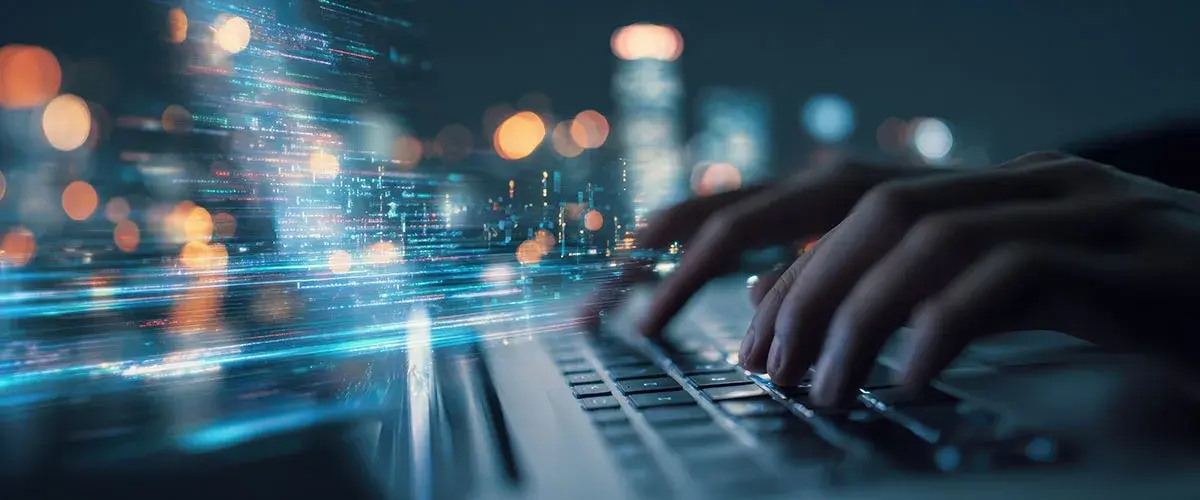The Growing Threat of Manipulated Media in a Digital World
In a world flooded with digital media, it's harder than ever to know what's real and what's been manipulated. From political speeches to viral social clips, synthetic content—particularly deepfakes—has become increasingly sophisticated. This rise of fake content has created an urgent need for audio & video authentication. But how do experts detect deepfakes and tampering in media? At Black Dog Forensics, based in Spring, TX, our mission is to uncover the truth using cutting-edge detection methods and forensic science.
Let's dive deep into the realm of audio and video deepfake detection, explore the tools used by forensic analysts, and understand how manipulation techniques threaten public trust and digital integrity.

The Deepfake Dilemma: Why Audio & Video Authentication Matters
Deepfake technology leverages generative adversarial networks (GANs)—a form of artificial intelligence—to create hyper-realistic fake content. This includes deepfake videos, audio deepfakes, and even synthetic images that can deceive the human eye and ear.
From a fake video of Barack Obama making false claims to fabricated voice messages impersonating executives, deepfake generation techniques are being used in increasingly malicious ways. These deepfake techniques can undermine elections, sabotage reputations, and facilitate identity theft. As video manipulations evolve, so must the technology to verify authenticity.
Detection Methods: How Experts Uncover Fake Content
At Black Dog Forensics, our digital investigators utilize a range of detection software and machine learning algorithms to analyze suspicious media. Here are key detection methods used in the field:
1. Frame-by-Frame Analysis
Experts analyze individual video frames to detect inconsistencies in lighting, facial movements, or background noise that may be missed during normal viewing.
2. Audio Spectrum Examination
Audio deepfakes often contain telltale signs—unnatural speech patterns, irregular breathing, or lack of ambient noise. By examining spectrograms, forensic analysts can uncover anomalies invisible to the naked ear.
3. Facial Mapping & Expression Tracking
One common deepfake technique is face-swapping—replacing one person's face with another. Analysts track facial expressions, blinking rates, and micro-movements that are difficult to mimic accurately.
4. Blockchain Technology for Provenance
Emerging tools use blockchain technology to timestamp and log every modification to a video, creating an immutable record of the original file.
5. Real-Time Analysis with AI
Modern detection software performs real-time analysis to distinguish between real and fake content, often using datasets with millions of verified media files.
Deepfake Detection Tools: What's Powering the Fight?
Several technology companies and research institutions have developed robust deepfake detection algorithms. These tools often leverage extensive datasets and artificial intelligence to flag suspicious content. Here's an overview of audio & video deepfake detection tools commonly used in the industry:
- Microsoft Video Authenticator – Analyzes still photos and video frames to detect synthetic content.
- Sensity AI – Specializes in video deepfake detection, offering monitoring services across media platforms.
- Amber Video – Provides real-time alerts when suspicious videos are uploaded or shared.
- Deepware Scanner – Designed to detect deepfakes and classify synthetic media by source.
Keeping It Real: How to Spot a Deepfake
While experts use sophisticated tools, even laypeople can learn to spot deepfakes. Here are some red flags:
- Unnatural Eye Movement: Inconsistent blinking or glassy, unresponsive eyes are a giveaway.
- Strange Speech Patterns: Disjointed phrases, flat intonation, or mismatched lip movement.
- Distorted Facial Expressions: Limited range or unnatural transitions between emotions.
- Blurred Edges: Check for visual artifacts around the mouth, eyes, and jawline.
Public awareness is the first line of defense against fake content and synthetic media.
Deepfake Deception in Digital Identity
Perhaps the most alarming use of deepfake technology is its ability to facilitate digital identity theft. Criminals are now using deepfake generation methods to mimic real people during video calls, voice verifications, and even online exams. This not only threatens individuals but compromises entire virtual worlds and digital platforms.
At Black Dog Forensics, we often support clients facing reputational damage or legal disputes due to manipulated media. Our goal is to restore integrity through precise, court-admissible audio & video authentication.
New Tool Spotlight: AI Defense Against Deepfakes
A promising development in the battle against video deepfakes is the release of a new tool that actively protects videos from deepfakes and tampering. Developed in collaboration with leading researchers, this tool embeds metadata and integrity watermarks into video files, enabling analysts to quickly confirm authenticity.
The latest version also uses diffusion models, a type of AI that can trace subtle traces left behind by deepfake generation techniques—a major leap forward in deepfake detection challenges.
Challenges and Opportunities in Deepfake Video Detection
Despite technological advances, the arms race between deepfake generation and detection software is far from over. Some of the significant challenges include:
- Constantly evolving GANs and deepfake techniques
- Low-resolution content that hinders forensic analysis
- Lack of regulation around synthetic media creation
Yet the opportunities for ongoing development are equally compelling. As datasets grow, and machine learning algorithms become more accurate, experts can stay ahead of the curve. New research into real and fake content comparison, facial expression analytics, and AI forensics continues to improve audio & video authentication.
Rebuilding Public Trust, One Frame at a Time
In a digital landscape plagued by deepfake content, truth matters more than ever. Whether it's detecting a forged voice recording or analyzing a video deepfake, Black Dog Forensics in Spring, TX stands at the forefront of audio & video authentication. We harness science, technology, and decades of forensic expertise to detect deepfakes, reveal the facts, and protect what's real.
If you're concerned about media integrity or suspect manipulated media in your case, contact us today to schedule a consultation.




 346-200-6097
346-200-6097



